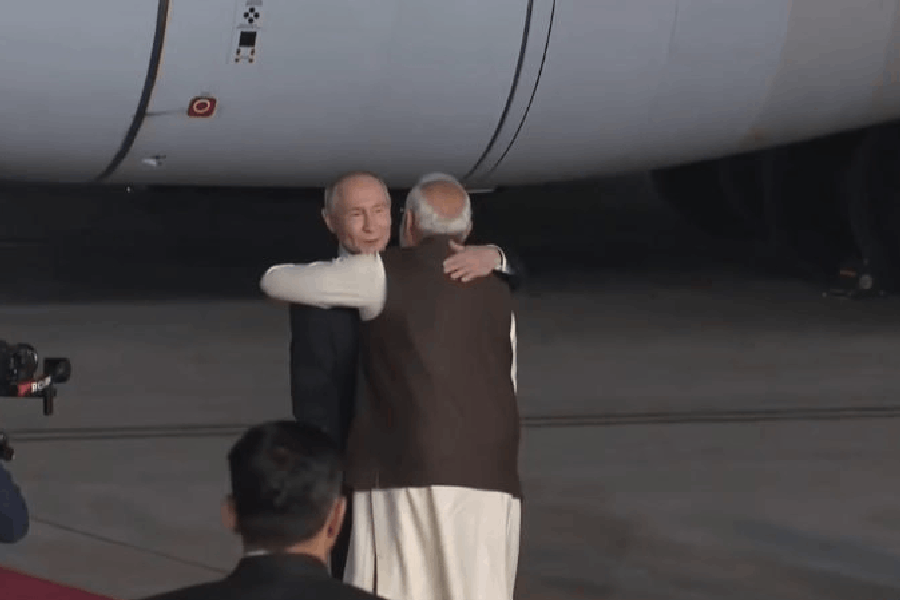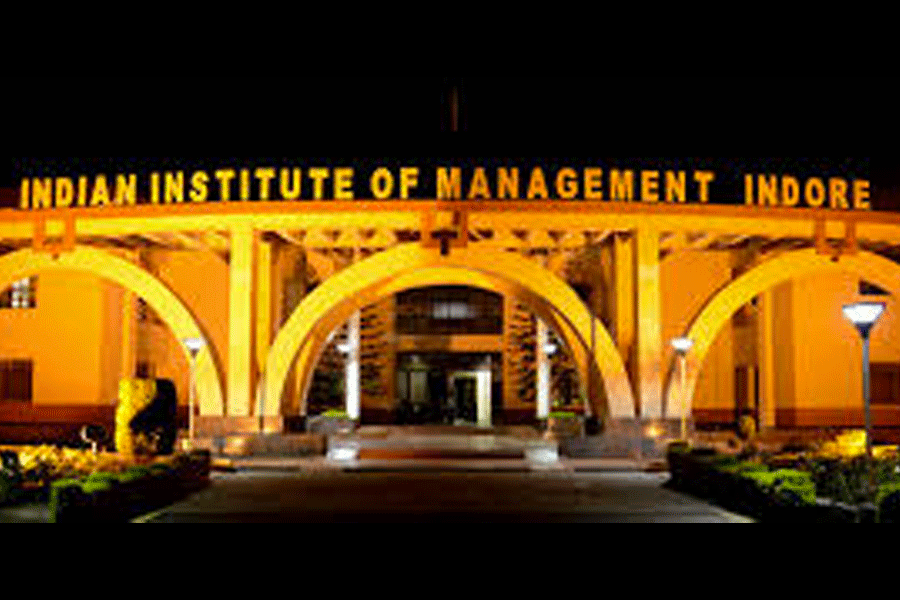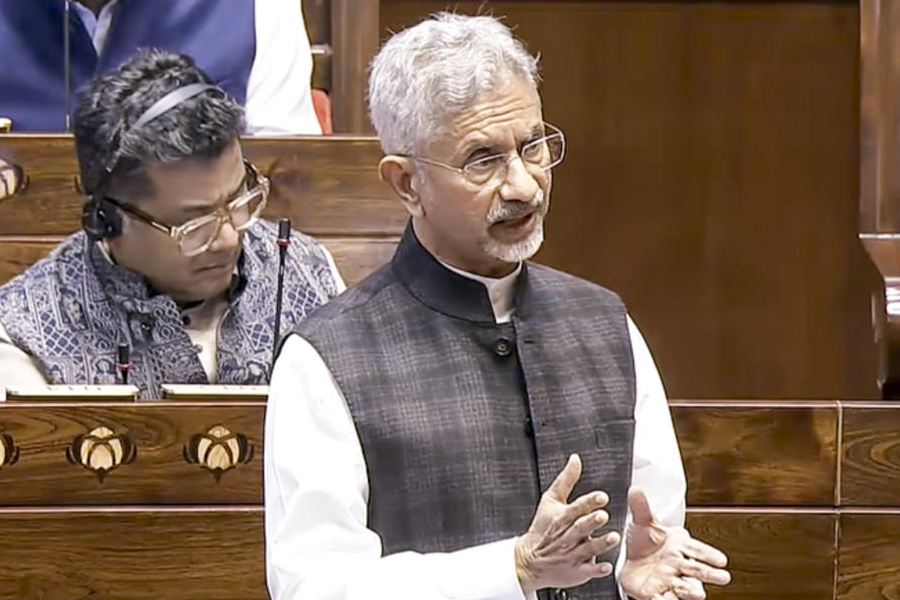Hanumant Singh made a unique contribution to the cause of Indian cricket. He conquered Sir Gary Sobers’s West Indies as captain but never led India. He also outwitted Clive Lloyd’s invincible men as manager but was never offered the manager’s post again. His contributions went unrewarded at the time and are now almost forgotten.
Yet, Hanumant Singh has a permanent place in the hearts of those who played with or against him. He was a true cricket ambassador: far beyond the confines of creed and class. He had the rare ability of sharing his vast and incisive knowledge without ever making the other person feel inadequate.
Once, in a Duleep Trophy tie in 1972, in between overs he murmured to me, “That was a stylish drive”. I was dazed. I had no idea that a rival captain could be so magnanimous. Later, when I came to know him better, I related to him an incident when I had requested him for his autograph on a photo and he in return had asked me if he could have his own photograph! He smiled, “Were you that young lad? Believe me, I still have that photo in my album.”
Hanumant was born a prince in the erstwhile princely state of Banswara in Rajasthan. But never, never was he to show any semblance of royal arrogance or misdemeanour. Rather his aristocratic bearing was reflected in his charming manner as much as in his elegance at the crease.
His bat was like a violinist’s bow, playing soft melodious tunes to the ripples of applause of the connoisseurs. He combined the best of attributes of the Rajput gharana with those of his Jesuit school background. Hanumant never led India, but let it not be forgotten that it was under his leadership that the fabulously strong 1966-67 West Indies team lost by an innings to the combined East and Central Zone team.
Never his due
At a time when the former princes frittered away their time in frivolous activities or joined the private sector under fancy designations or tried to influence the political establishment to gain ambassadorial postings abroad, Hanumant Singh did something quite extraordinary. He joined a public sector commercial bank. To us — the Sixties generation — this act revealed the true-blooded prince: a man of courage and pioneering zeal devoid of false vanities. He helped a whole generation open its eyes and disregard false values.
At the crease, Hanumant made batting appear easy, too easy. This was artistry at its height: effective without apparent effort; graceful without trying to be grand. To give the impression of struggle would have gone against his grain.
The gifted stroke-maker was eased out just after 14 test matches. He began with a century on his test debut and then among his five other fifties was the splendid innings of 94 against Australia when he sacrificed his wicket, trying to shield the tail-enders. Despite an average in the thirties, he was omitted a little too early. I had asked him if he had any regrets. He merely smiled, “To be replaced ultimately by Gundappa Viswanath is no sadness.”
We tend to forget another very important contribution of his. He was the manager of the Indian team to the West Indies in 1983. There at Berbice, he left his mark when India defeated Clive Lloyd’s men for the first time ever in a one-day international. At the time, the West Indies were invincible, with two successive World Cup crowns. But that famous victory provided the confidence to Kapil Dev and his men to a repeat in the World Cup final later at the Lord’s on a summer evening in 1983.
We will no longer have the pleasure of Hanumant Singh’s company. The demise was a little too early, too sudden. As in life, so in death: the charming gentleman of Indian cricket never, never got what was his due.











